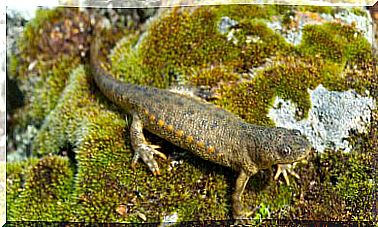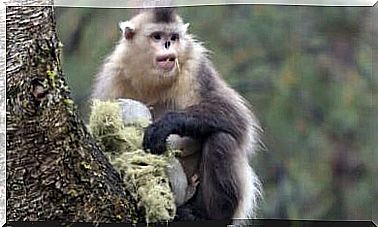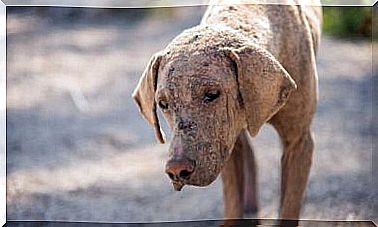What Are Mass Extinctions?
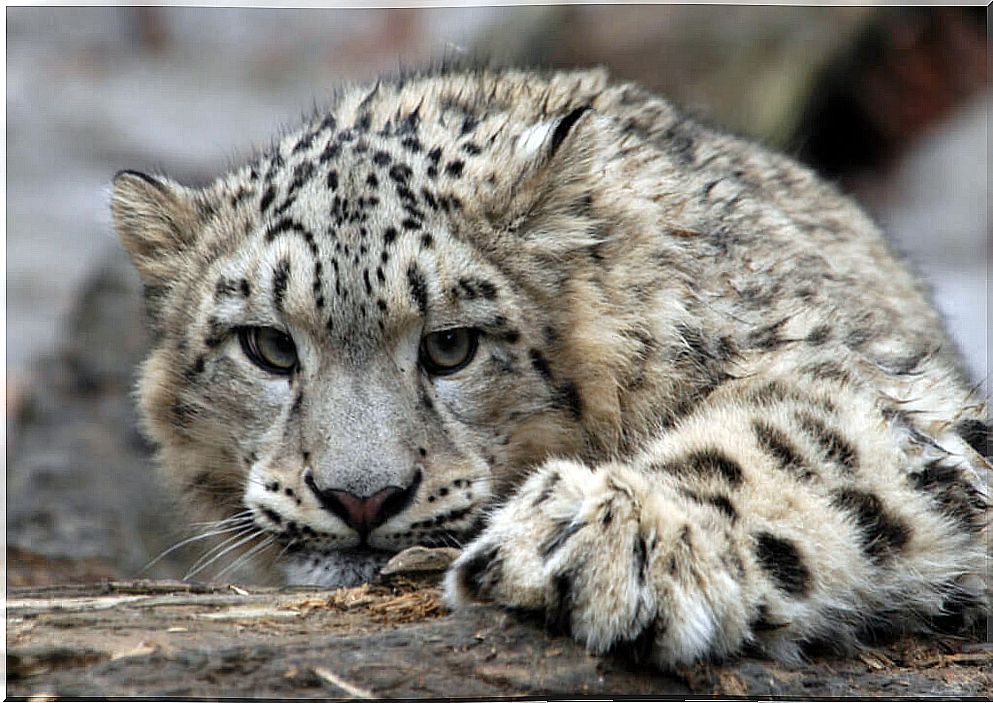
As the environment changes, new species appear and others end their journey on this planet. The vast majority of living things that have existed throughout Earth’s history have gone extinct, but the process is not always gradual: this is the case with mass extinctions.
Mass extinctions occur due to very abrupt changes in the environment and wipe out many of the planet’s life forms in a very short period of time. Throughout history, they’ve only happened 5 times, but they’re not a thing of the past. At the moment, we are in the midst of the sixth mass extinction.
These events of disappearance of biodiversity can have very serious ecological consequences, not only for the environment, but also for human society. We invite you to continue reading if you want to know more about this subject.
What is a mass extinction and how does it happen?
During different geological periods, there is a normal rate of extinction. This parameter can be different between different taxa and is not always constant, but it indicates approximately the rate of disappearance of species under normal conditions.
When extinction occurs at this rate, ecosystems are able to assimilate it. However, when the rate increases too much, environments and their members can collapse and disappear completely.
Mass extinctions are events in which much of the biodiversity disappears, but they can also be opportunities to give way to new lives. After these types of events, the species that have survived will go through a period of accelerated evolution and diversification.
Thus, new species occupy the ecological niches that were left empty after extinction. Over time, new ecosystems are formed, often radically different from the old ones.
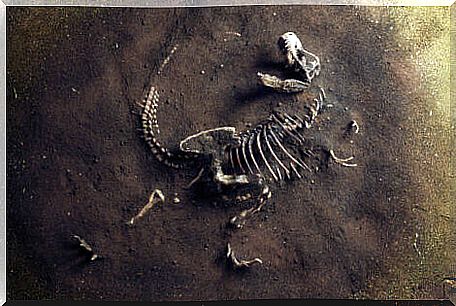
The 5 mass extinctions of the past
Mass extinctions are often used as a barrier to separate geological periods, as life before and after is often very different. Extinctions are usually named according to the periods they separate. Here are the 5 extinction events that occurred in the past.
Extinction of the Ordovician-Silurian
This extinction occurred 444 million years ago (Ma) and is considered the second most destructive. It is believed to have been caused by very intense glacial periods, which severely altered all aspects of the oceans, where most complex organisms lived.
During this event, 85% of all species became extinct. Many groups of shelled cephalopods, brachiopods, conodonts and trilobites have disappeared.
Devonian extinction
This extinction eliminated about 75% of all life forms and occurred between 383 and 359 million years ago. It lasted more than 20 million years, during which various extinction events occurred close to each other and oxygen levels plummeted.
The causes are many and multiple factors caused a synergistic effect. There are signs of asteroid impact and volcanism, but one of the main culprits may have been plants, which at that time began to colonize the Earth and develop large sizes.
Extinction of the Permian-Triassic or the Great Death
This event took place 252 million years ago. It is considered the worst of the mass extinctions, as 96% of marine species and 75% of terrestrial species that had conquered the continent in past times disappeared.
This event particularly affected insects, as it killed the largest invertebrates that ever lived. It also wiped out forests, which took 10 million years to recover. This extinction is believed to have been caused by large volcanic eruptions, with consequent global warming and anoxia.
Extinction of the Triassic-Jurassic
Life took a long time to recover from the previous extinction. Once that happened, lush forests reappeared and archosaurs became the dominant animals on the planet.
Among them, the crocodylomorphs, ancestors of the current crocodiles, stood out. However, other archosaurs also appeared, dinosaurs and pterosaurs, which at that time were still small and not very relevant.
201 million years ago, asteroid impacts and massive eruptions again caused drastic global warming, eliminating 80% of species. Among them, crocodylomorphs have lost their dominant role.
Extinction of Cretaceous-Paleogene
This extinction is the best known of all, as it is responsible for the disappearance of non-avian dinosaurs. These creatures diversified enormously after the previous extinction, once the niches occupied by the crocodylomorphs were free.
Dinosaurs ruled the planet for millions of years and reached incredible sizes, until a meteorite crashed off the coast of the Yucatan 66 million years ago. The impact and subsequent natural disasters wiped out 76 percent of the planet’s species.
After that, new life forms took the lead and colonized the planet: mammals. Not all dinosaurs have gone extinct, because without going into too much detail, birds are still very successful today.
the extinction of our times
Earth is currently undergoing the sixth mass extinction. This time, the cause is not a meteorite or volcanic eruptions, but the actions of humans.
The development of our species is not sustainable and is seriously damaging ecosystems. Its consequences include habitat destruction, overexploitation, introduction of invasive alien species, pollution and climate change.
As a result, animal species are disappearing at an excessively fast pace and the extinction rate is more than 100 times greater than normal. This doesn’t just affect vertebrates, as invertebrates, essential for any ecosystem, are disappearing.
While this point is often ignored, humans are also part of the environment. Biodiversity provides a myriad of ecosystem services, from pollination to protection from disease, that make life possible for people on this planet.
Therefore, the preservation of the natural world is not just a matter of generosity, but of survival. The current degradation is already showing serious economic, health and social effects for humans.
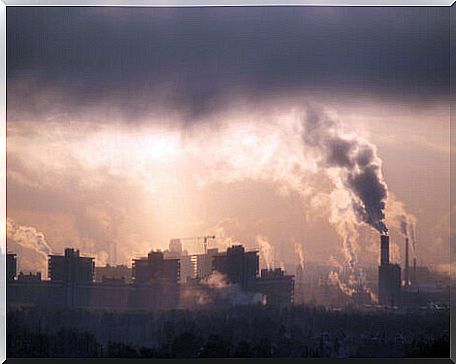
Economic and political models must rapidly shift towards sustainable development in order to contain this mass extinction and preserve life, both human and wild, on this planet.
